Annotation
Everyone who has ever tried to grow long hair has at least once encountered the problem of split ends. Split ends are a fairly common phenomenon. In many cases, it occurs as a variant of the norm when the hair reaches a genetically “programmed” length, but sometimes the cause is serious damage to the hair.
It’s always a pity to reduce the length of your hair, so sometimes cutting the ends can be replaced by using restorative products or booking an appointment at a salon for a treatment procedure.
Why do hair ends split?
First of all, you need to recognize bad habits and damaging actions that lead to split ends. Among them:
- Improper care. When shampoo, conditioner and mask are selected not according to the type of hair and skin underneath, but according to their appearance and the promises of marketers, the effect may be the opposite of the promised nutrition and smoothing. Products should be selected according to hair type, and shampoos should also be selected taking into account the type of skin of the scalp.
- Regular coloring. Frequent use of oxidizing agents and aggressive compounds destroys the natural structure of the hair. The more different the new color is from the one you already have, the greater the damage will be. In the case of lightening, the main harm will be caused by the oxidizing agent - for a sharp transition to blonde, concentrated compounds are often used, which greatly weaken the hair. For the opposite effect - sharp darkening - the hair is filled with a large amount of pigment. Since blond hair is somewhat weaker than dark hair, a sudden change in tone will make it brittle.
- Perm. Here, too, the structure of the hair is affected - the chemicals that curl the hair essentially change its natural shape. If you decide to get a perm, make sure that your stylist uses products that will not dry out your hair too much.
- Temperature damage. Curling irons, hair dryers, flat irons and other devices expose hair to extreme temperatures that cause it to break or become very brittle and vulnerable to any damage. If you constantly use such devices, it is better to switch to more gentle models: hair dryers with selectable temperature settings, curling irons and other stylers with ceramic coating and adjustable temperature.
- Environmental factors. Temperature changes, exposure to ultraviolet radiation, dirty air with tar and burning particles also make hair more fragile. Humidity also greatly affects this - moisture tends to evaporate from the surface of the hair, causing it to become even drier than before. If you swim in a pool, chlorine will further dry out your hair.
- Combing wet hair. You need to comb your hair either dry or wet - but only with a leave-in conditioner. In other cases, the comb traumatizes the hair while trying to untangle it and ends up tearing it out. It is better to use wooden combs without bristle tips, brushes with silicone teeth, or combs with wide teeth.
- Bad habits. Lack of microelements and vitamins due to poor nutrition makes hair weak and brittle. You don't have to go on a strict diet to restore their strength - just limit your intake of junk food and make sure you have enough protein and vegetables in your diet.
Of course, even with ideal hair care and proper nutrition, hair can still have split ends - sometimes this is a matter of heredity. How strong the hair roots are and how dense their structure is are genetically inherited qualities, so if your mother or grandmother’s hair has the same problem, getting rid of harmful factors will help little.
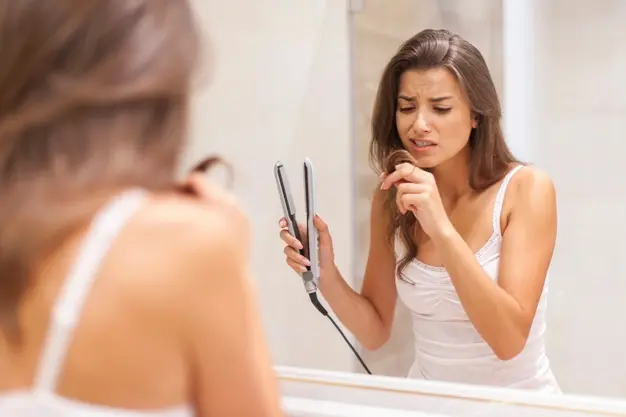
On the other hand, not only the prevention of split ends will help deal with split ends and damaged ends. There are several ways to care for hair with this problem.
How to get rid of damaged and split ends?
There are a lot of homemade recipes for restorative masks - they can be seen on every forum. However, such “artisanal” methods are quite selective - what works for one person may cause the opposite reaction in another and even make the hair even more damaged. In such situations, it is better not to rely on luck and use laboratory-tested means and methods.
Firstly, commercial cosmetics undergo many tests before they get on your hair - this ensures its harmlessness. Secondly, manufacturers are developing and improving formulas that will suit as many people as possible.
In addition to using quality products, there are other ways to reduce the appearance of split ends:
- Regular haircut. Yes, this is always a slightly offensive procedure, because you have to part with a small, but still length. Nevertheless, a haircut is necessary - at least so that the split ends do not “pull” the healthy length and do not damage it further when combing. A good hairdresser will cut the hair so that the difference in length is almost imperceptible.
- Proper drying. Drying your hair with a towel should not be done by rubbing, but by blotting it. If possible, it is better to get a microfiber towel so that hair damage during blotting is minimal. For a hair dryer, you need to choose a temperature setting that will not damage the hair structure. It’s easy to choose - place your free hand on your hair, and move the other one with a hairdryer 30 centimeters away and select the temperature setting. If at such a distance you want to remove your hand from the hot air as quickly as possible, you need to lower the temperature.
- Brush your hair more often. Daily combing in the morning and evening will prevent the appearance of knots that will be difficult to comb - it is because of them that hair splits during washing or combing.
- Wash your hair correctly. It is not necessary to do this every day - it all depends on your skin type on the scalp. The main thing is the right technique and carefully selected means. It is better to distribute the shampoo along the roots of the hair and actively massage the scalp - this product is needed specifically for cleansing it. There is no need to rub your hair along the lengths and especially at the ends with shampoo - the surfactants flowing from the roots will be enough to remove accumulated dirt. After thorough cleansing, apply conditioner generously to your hair and leave it on for several minutes. The product will retain moisture in the hair, and the oils in the composition nourish the ends, strengthening them. Also, before drying and styling, you need to apply thermal protection.
- Use safe styling. If it is not possible to refuse a curling iron, iron or styler, you must definitely use thermal protection, and choose a device only with a ceramic coating - the metal heats up more strongly and more unevenly, making the hair weaker in length.
We have already mentioned that professional products will be more reliable and more effective than homemade recipes. You can use different means to strengthen the ends.
There are compositions that make combing easier. Since tangled hair is one of the most common causes of split ends, formulations with silicones and oils will make the hair more pliable and “crumbly.” These can be both products that are used when washing your hair - conditioners, masks, fillers and serums - and leave-in formulations - serums, livins and sprays. The presence of silicones in the composition will not only make the hair more pliable to comb, but also shiny and smooth.

Masks and conditioners with keratin strengthen hair. Hydrolyzed keratin in such products fills empty spaces in the hair structure, thereby making hair denser and more resistant to damage. Typically, such products take time for the composition to work, but the result is always worth the time spent.
In a salon setting, there are several procedures that transform split ends beyond recognition. Bonding is the newest of them. It is often carried out to strengthen hair when dyeing, but when carried out separately, bonding gives a good effect. The essence of the procedure is to restore the protein structure of the hair - the product, as it were, seals it from the inside, making it denser and smoother.
Lamination is another useful procedure. Of course, it will only have a visual effect, since the essence is to coat the hair with a special composition and thermally “seal it.” The effect is temporary, but expressive: the hair becomes smooth, shiny and straight. This procedure is better suited for those with slightly wavy and straight hair - their results will last longer, and the ends will not split for a long time. This procedure is not contraindicated for curly hair, but the effect will be less lasting due to the natural shape of the curls.
For curly hair, cutting with hot scissors or a “dry” haircut is best - this way you can preserve the natural curl and make your hair more shiny and neat. In this case, only those sections that split will be cut off - neither length nor curl will be lost.
Another procedure in the arsenal of professional craftsmen is called glazing. Hair glazing is the same as lamination, only the hair is tinted at the same time. This way you can give them a pleasant shade and make them shiny and manageable.
To strengthen the ends, you need to use suitable products.
- The shampoo can be used both sulfate and sulfate-free. The main thing is that it cleanses the scalp well. If your hair seems dry after using products with sulfates, you can try switching to products without them. Some shampoos contain silicones - if you have straight or wavy hair, this will add shine;
- The conditioner should moisturize your hair as much as possible. Such care will ensure the restoration of the balance of moisture and protein in the structure - this determines how brittle the hair will be. Formulations containing both proteins and moisturizing components create this balance. The presence of silicones in the composition also strengthens the hair and makes it smooth and pleasant to the touch. Conditioning is generally an important step in caring for any hair;
- Masks with keratin, oils and protein will strengthen the hair structure and ensure restoration of the ends. In good masks, the active components will be in the first line of the composition - this means that their concentration in the product will be sufficient to provide the desired effect. The main thing is to apply the mask exclusively from the middle of the length to the ends, otherwise you can make the hair at the roots too heavy, thereby losing volume;
- livins (leave-in products) are a good addition to caring for hair with constantly split ends. In addition to thermal protection, such sprays and creams may have the property of nourishing and restoring - this is reflected first on the ends that are split. Livins are best used at the final stage of care - when combing or drying hair.
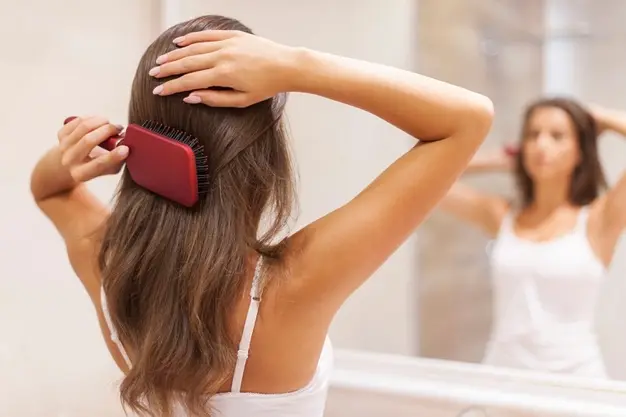
In addition, there are fillers that act like a mask, but should only be used precisely on split ends. They also “seal” the hair, but the effect lasts for a long time - in essence, this is a complete restoration of the hair structure at the ends.



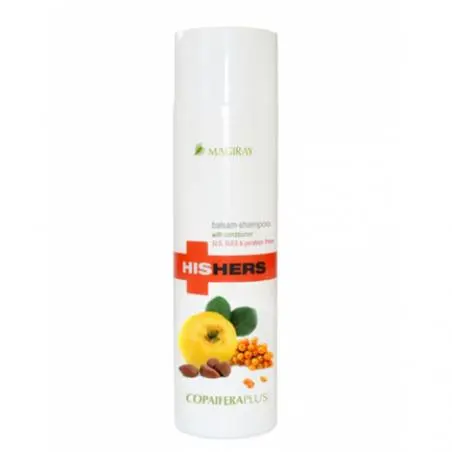
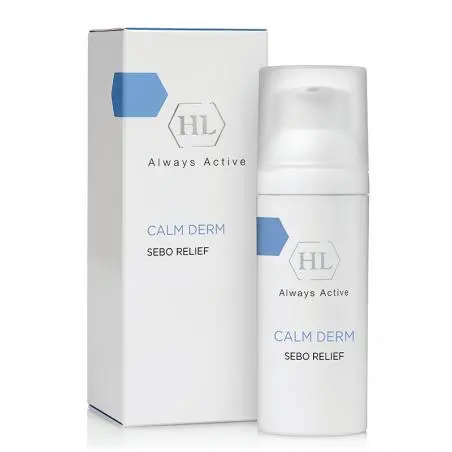
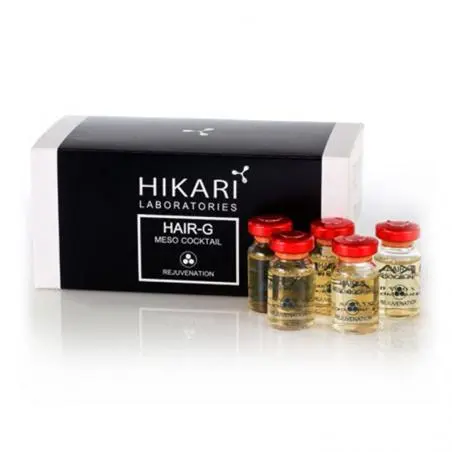
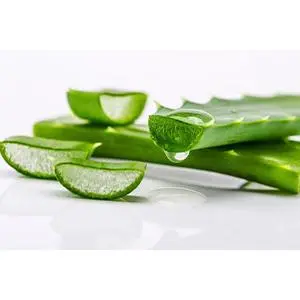

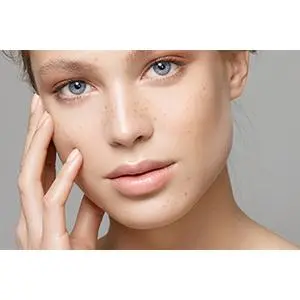
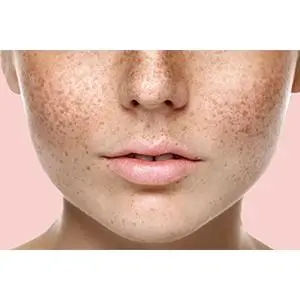
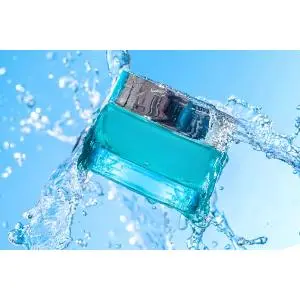
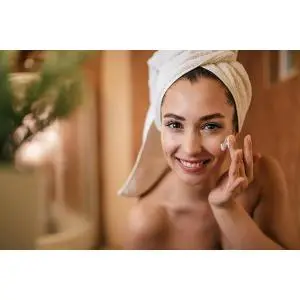

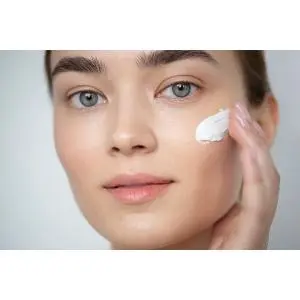

Comments
Leave your comment